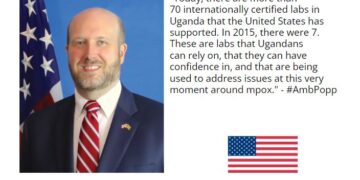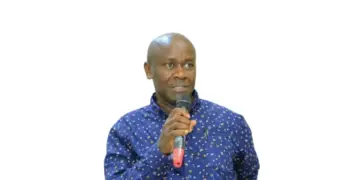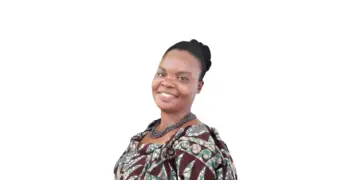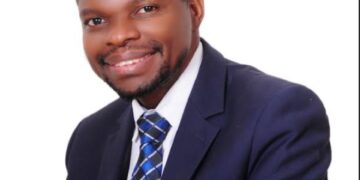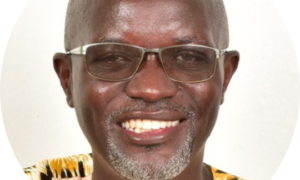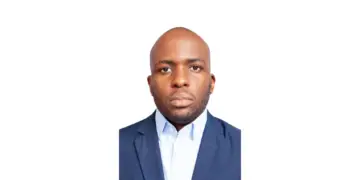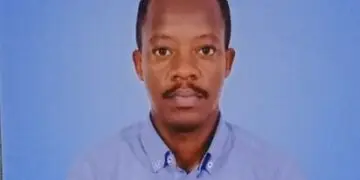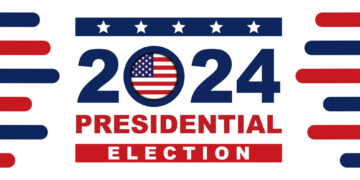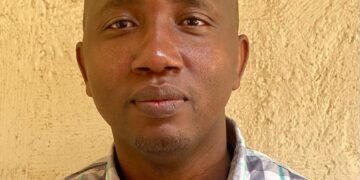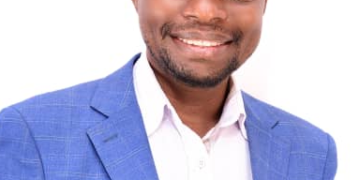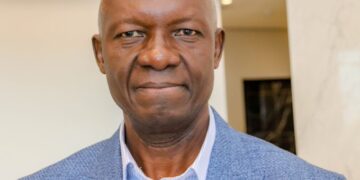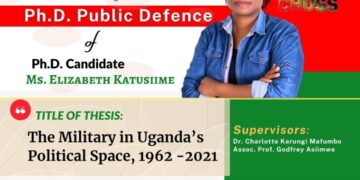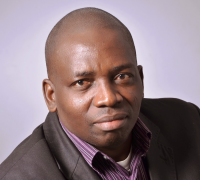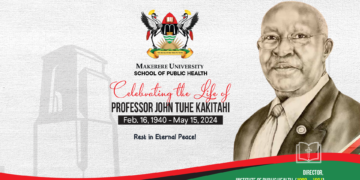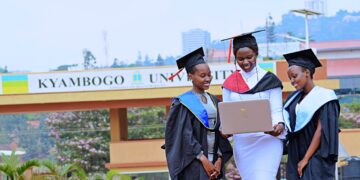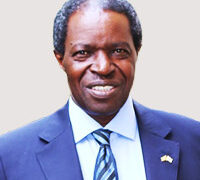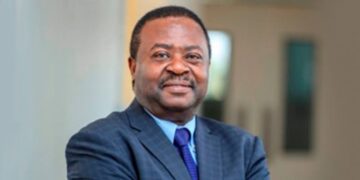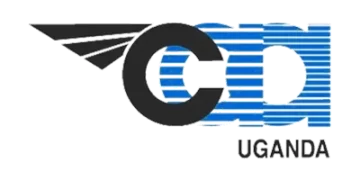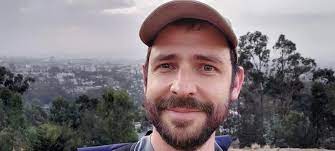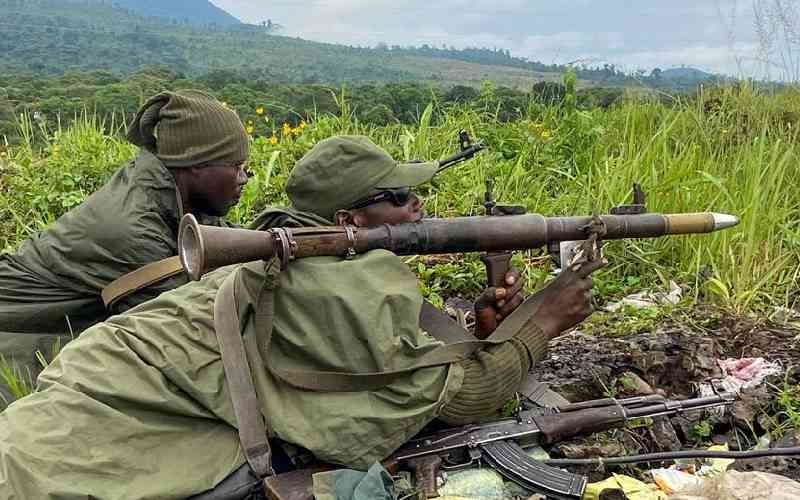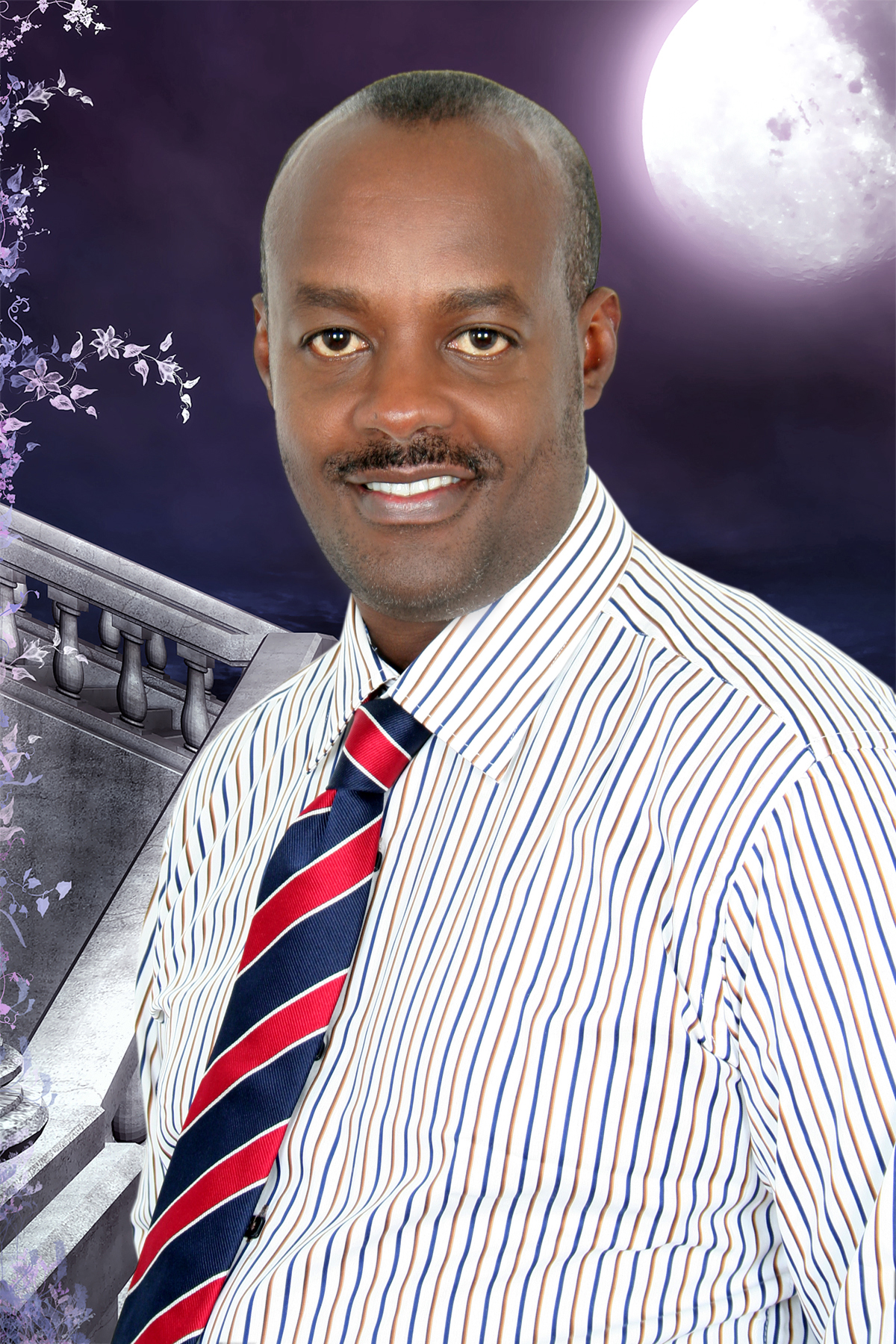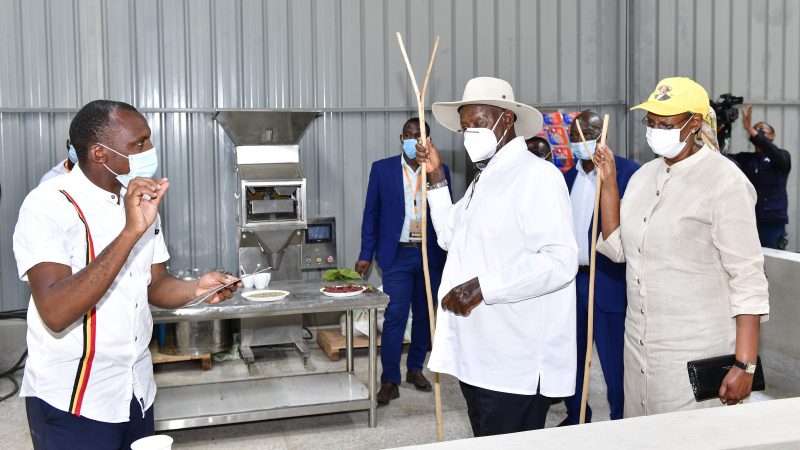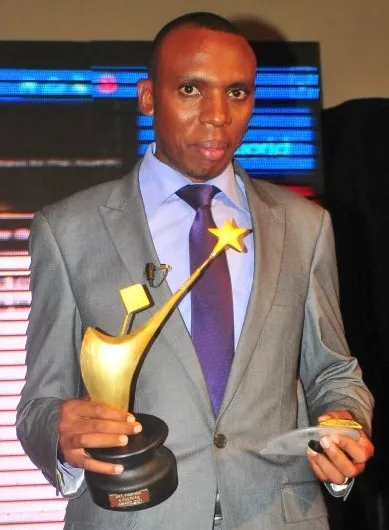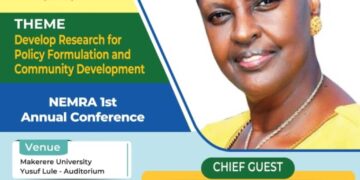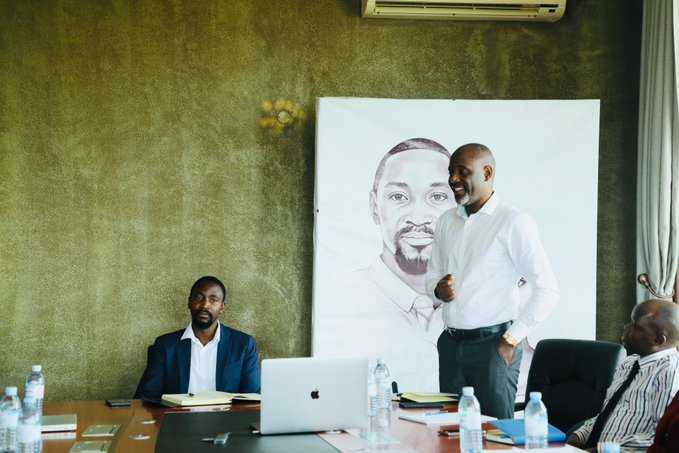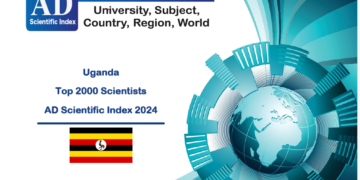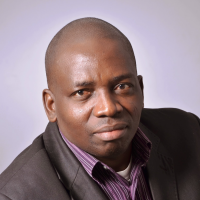A total number of 1,533 armed forces of the seven member states of the East Africa Community (EAC) are in the eastern Ugandan city of Jinja for the 12th EAC Armed Forces Field Training Exercise (Ushirikiano Imara 2022).
The armed forces are from Uganda (host nation), Rwanda, Tanzania, Kenya, South Sudan and Burundi. The DRC which has just joined the community has only been accorded observer status. The activity has the Head of Mission in Ms Lydia Wanyoto, Defence Liaison Officers at EAC Secretariat and Heads of Delegation of the EAC Partner States, among others. The joint field training which began in 2005, returned after a three year lull to boost military readiness and overall responses to complex security challenges of the region. It also comes at a time when the region is grappling with threats from terrorism, environmental disasters, transnational crimes, piracy and tensions spitting Rwanda against its neighbors such as Uganda, DRC and Burundi. Further north, fragility grapples with the new nation of South Sudan, while Kenya and Tanzania have frequent altercations of a commercial nature. Nevertheless, the region is still focused on a match to integration buttressed by security efforts such as this exercise. ReseachFindsug Advising Editor, Arinaitwe Rugyendo, was last week granted exclusive conversation with the generals leading the different military delegations who are jointly commanded by Maj Gen Don Nabasa, the Ugandan commander of the Military Police and below are he excerpts:-

Reseachfindsug:First question goes to you Gen. Nabasa of Uganda. What is the purpose, intention and nature of this exercise?
Gen Nabaasa: In this exercise, we are focusing on four areas that include peace support operations, counter terrorism, counter piracy and disaster management. It has brought together a total number of 1,533 from all the partner states, including the new member DRC represented by ten observers. The rest are contributing contingents as follows: Uganda the host, has the largest contingent contributing 362, Rwanda (225), Kenya (244), Tanzania (224), South Sudan (225), Burundi (224), DRC (10 observers). This training is basically meant to bring forces together not only the armed forces but also the civilian components and other key stakeholders to train together and obtain the capability to work together; what you can term as interoperability. The main theme is promoting peace, security and stability towards the EAC integration.

Reseachfindsug: The second question goes to you Gen. Butaha of Rwanda: How do you place this exercise in the context of the integration efforts that have been going on? How is this training critical to this effort?
Gen Butaha: Every one of us is in this training to compliment efforts towards the intended integration of East Africa. As alluded by the exercise director (Gen Nabasa), the exercise is creating an environment for partner state forces to train together in order to build capacity in the region for deployment wherever required and for regional stability. Therefore, this training is intended to complement the sort of efforts geared towards what the integration ultimately wants to achieve and the stated objectives.
Reseachfindsug: The third question is for Gen Maroko of Kenya: President Yoweri Museveni has been talking about a center of gravity for Africa, security wise and economic wise. How is this exercise contextual to this theory?
Gen Maroko: In the context of East Africa and Africa at large, security is key. This is what he says. Security is paramount both nationally and regionally for a better future for the continent. It is difficult to achieve development in our region if the security question is not addressed. It is the foundation for everything. Security is key when it comes to issues of development. But of course, the theme for this exercise is promotion of security, peace and stability for east African integration. For us to trade together, live together, relate together, security issues such as counter terrorism, counter piracy and disaster management, are real issues. This is why as Kenya, we believe we have got to take these issues seriously when it comes to training of this nature. Issues like peace support operations and counter terrorism efforts – for example what is happening in Somalia – are dear to us. And imagine, when and if we are called upon as regional countries to deal with these threats and any emerging issues, our joint training through such exercises, the interoperability being created, means we can solve any of these challenges as far as this region is concerned.
Reseachfindsug: The fourth question goes to you Ms Wanyoto: There is a feeling that the EAC military is more organized and moving faster than the civilian component in the road towards integration.

Wanyoto: Article 2 of the protocol that establishes the East African cooperation also talks about the defence and peace pact. The security and stability of our countries are foundations of military and security institutions. Therefore, the military is faster because they are more structured. They have done more training even before we were able to put in place Article 2 of the protocol. They have been doing more training with common goals, doing strategic military campaigns. For the political side that runs the bigger picture of the integration, especially the civilians, it is more consultative and you need to build more consensus which takes longer. But the spirit is the same. And it is a building block.
Reseachfindsug: Why is taking long?
Wanyoto: If you look at the treaty that established the EAC, it is four phases and this phasing was intended so that you build one block after the other. We began by putting in place the customs union. The customs union was meant to awaken East Africans to the fact that we can do trade together, we can build our own economies within a block before we can negotiate with the outside on the issues of markets. There was a lot of legislation that talks about common taxation, common movement of goods and services before you move to the common market. And here we talk about people participating in their own market and not just as spectators.
Reseachfindsug: But still, we should be able to move with the military. We are the same stakeholders
Wanyoto: Yes. This is true. But if you look at the common market and legislation thereto, you find that there is a lot of talk about our own goods, our trading amongst ourselves than even issues like textiles, growing our own industries, crossing borders both for services but also for goods. This takes longer than military and defence campaigns that know how to define their common enemy, they have a protocol in place, and they have done their training. It is good that they are moving faster than us because then we have to follow. And peace and stability of any community presents and goes ahead of development. In fact we want them (military) to run, not even to walk. You cannot develop without peace and security because then, you are on the run. Many of us were refugees in the neighborhood because in our own countries, we didn’t not have peace and security. Now, we have the capacity to cause cease fires in the internal problems of our neighbors or cross borders to put back governance so that we can be able to trade within ourselves and as a building block of the African union.
Reseachfindsug: The fifth question goes to Gen Ndiege of Tanzania: Everyone looks at Tanzania as probably the most stable member in the community. What experiences are you bringing on board for the rest of the colleagues to learn from?
Gen Ndiege: As you rightly put it, our consideration with regards to experience, we have in the furtherance of peace and security not only in Tanzania but also in the region. It is in the interest of Tanzania to see that all neighboring countries enjoy peace and stability so that development becomes the main pillar of each nation. It is our hope that if each partner state and each neighboring country enjoys peace and security, the prosperity, the well being of its people and its citizens which is the primary goal of a state, will be achieved. If a nation is engulfed with a lot of instabilities, how do you see the prosperity and well being of the people being enhanced? It is only through having stable countries, politically, economically and socially. Therefore, it is our focus that each partner state, each neighbor enjoys peace and security. You cannot enjoy it when your neighbor is suffering from a number of insecurities. We have a number of threats which are common to all. Initially, we were thinking of having a threat of military invasion. But today, this is no longer a threat alone. When you talk of environmental degradation, you are talking of a security threat. If it is a climate crisis, you are looking at it from a security threat angle. Coming together in addressing all these challenges, we feel the main agenda of integration will be achieved. This is the position of the United Republic of Tanzania and it is what we are looking at.

Reseachfindsug: The sixth question is for Col Deng of South Sudan: South Sudan has been the sick man of East Africa for decades with so many security challenges. There are many concerns about your security architecture in the country. How will this exercise help to address the internal security challenges of South Sudan?
Col Deng: East African integration is very important to South Sudan as a young nation. Given the challenges we have, we hope to gain knowledge from the rest of the neighbors on how to sort out our problems with the help of neighbors, especially, like what Uganda did during the crisis of 2013. This exercise and the eventual integration has a lot of benefits for South Sudan. In the first place, we don’t have local products. Most of the products come from neighbors especially Uganda and Kenya. The integration will help us to benefit from what we cannot produce at the moment cheaply. When you come to security, there is a saying that no nation is an island. This saying encompasses all these challenges we have been talking about. Because you are not an island, you will be in need of others and they will be in need of you. You may be good in this, he may be good in that. So, that is how we build interdependence. Life will be good. Security will be good. Civilians will feel secure. Socially, South Sudan and Uganda are more interactive and are in a position to know each other. I want to thank EAC for allowing South Sudan Peoples Defence Forces to be part of this and it is my first time to participate in this. And this will be good for all of us armed forces.

Reseachfindsug:The seventh question will go to Gen Bigrimana of Burundi: Burundi is en example of a fragile country which has surprisingly taught the region a few lessons in peacekeeping and counter terrorism efforts. What benefit do you see in this joint exercise especially for the Burundian army which has its own challenges such as terrorism of the Red Tabara militia across the border in DRC?
Gen Bigirimana: This exercise is helping all of us as the regional security forces to know each other and work together. We have an opportunity to exchange skills through training. We are going to be able to effectively control our common borders because of the wrong elements who keep crisis crossing these borders. We will be able to combine and defeat these enemies together. We are going to support each other, build a stable region together and promote the other activities in our countries. We cannot promote any other activities when there is insecurity. We will be able to cooperate and advise each other, sharing security information about common criminals and enemies. The threat of terrorism will be combated together. Transnational crimes will be defeated and we will be able to protect our countries and our people in a cooperative union.

Reseachfindsug:Back to you Gen Nabasa:You talked of interoperability as the biggest take – home after this exercise. Where has this happened in the world from which you hope to pick lessons?
Gen Nabasa: Do you know what happened to our late friend the Libyan Leader Gaddafi?
Reseachfindsug: Yes
Gen Nabasa: Do you know who dealt with him?
Reseachfindsug:NATO
Gen Nabasa: Thank you very much. I have answered your question. NATO, over time, has been conducting similar joint exercises and are capable of fighting as one force and yet they are a regional force. They are a force that fights common problems from the same page. This is our effort now during this exercise. If the East African armed forces obtain such capabilities, such that if there are any problems anywhere of a security nature, it doesn’t require to go through dressed rehearsals and preparations. It would take a short time for them to come together and swallow the enemy. That is why NATO is such a good example for us to pick lessons from and fight our common threats as a region.

Reseachfindsug:This is a general question for you all, starting with Rwanda. If indeed the cooperation of the East African forces is real, why do we have these altercations between different armed forces such as the case with Rwanda and Uganda, then Rwanda and Burundi, and lately, Rwanda and DRC?
Gen Butaha: I really don’t want to go into the details about how the different countries are related. I just want to stick to the framework which has been established under the East African partner states armed forces. Regardless of those few problems, this arrangement has been going on. To me, the relationships of different countries will always have a few issues. What is important is the capacity by the community to sit together and resolve them whenever they come up. And I think through this exercise, the stage is being set for East Africa to cooperate better and resolve their challenges together.
Reseachfindsug:Tanzania?
Gen Ndiege: Thank you. You know the cooperation between the armed forces in the EAC has been around training together in various institutions in the partner states. Apart from this exercise, we have various training going on at student level. We have those at instructor level. At the military academies. Training of cadets etc. We have exchange programs in all these with each country sending five officer cadets at these institutions. At the Tanzania military academy, we receive five officers from each of the EAc countries except South Sudan which hasn’t yet entered the program . At command and staff college level, we do the same. Two members from each country. Of late, we are looking forward to the National Defence College level for the same. And if the particular country has the same college, for example Kenya, we have an exchange program for two senior officers. Uganda has just started one and it is at pilot study. It is my hope that within four years, we will have an exchange program with Uganda. Therefore, those small issues do not in any way harm these multilateral efforts that have been going on.
Reseachfindsug:South Sudan?
Col Deng: In the nature of human beings, conflict is everywhere. It could be at your house, at a community level or even at country level. But the question is the scale of that conflict. Is it violent? In human nature, we cannot eliminate or avoid conflict. We can only ensure such conflicts do not escalate to dangerous levels. The question should always be; what type of conflict is this? And if it is not much dangerous, life will go on and business will be conducted.

Reseachfindsug:To you the head of mission, Madam Wanyoto: This program started in 2005. What are the key achievements?
Wanyoto: We now have better trained cadres who can be deployed anywhere within East Africa and also in foreign missions outside the region. If we are going to compete as a block even as the African Union, we can front very good candidates for any mission and that is very important for us. If you talk about the peace and security commission at AU, we have very competent East Africans that can work there as security advisors. So, we are up to the game. Because of globalization, the peace and security architecture has changed because technology and training keeps changing. Those trained 15 years ago, have been exposed to new technologies and state of the art warfare techniques, intelligence, cyber crime. The issues of technology in the military are so key now and we now have many officers who have been exposed to these trends and new technologies in warfare. Our forces in East Africa when they meet like this, they are able to get exposed to new technologies in the military sector and security training and be able to confront common threats. We are now able to confront the technology- related threats, terrorism, financial and other cyber crimes across borders. The other benefit has been the camaraderie. When we were having lunch, I saw many of them calling each other by name. They have been to the same training schools and that bonding is coming with comradeship in joint deployment. They are now joint planners, joint commanders, etc. We have now prepared to confront any joint challenges of a security threat nature. We now have a foundation that has secured our future and has the capability to secure our joint infrastructure projects and interests.
Reseachfindsug: This question goes to Gen Nabasa: Tell the reader what are those key outputs from this exercise?
Gen Nabasa: Ultimately, all our efforts are geared towards the integration of the EAC. The training has commenced and we hope we will be enabled to acquire skills to confront common enemies. We are looking at a team that shall have trained together, acquired similar skills, for example counter terrorism, disaster management, transnational crime management, etc. We hope to emerge out of this training when we are able to fight smarter as a region. At the end of the exercise, what I envisage is that we shall have created a very strong building block for the facilitation of East African integration.
Reseachfindsug:What are those specific activities that will define this exercise? Are you going to be shooting bullets and running around?
Gen Nabasa: No no. You see, I mentioned the areas where we will be focusing. I mentioned peace support operations. I mentioned counter terrorism, counter piracy. The scenarios will be around these areas. And bringing all the teams together including the armed forces and the civilians. I hope I have answered you, though you seem not to be convinced.

Reseachfindsug:I am not. You are not being specific enough. You are just conceptual.
Gen Nabasa: Going into the specifics, we are preparing our participants for mission headquarters, joint combined task force, battalion headquarter etc. They will be involved in planning together and executing missions together. But also, alongside these, we have some arrangement to give back to the community. This time not the EAC but the local community because we have some scenic activities that will promote civil military relations. We want to construct a classroom in Nsuube (Kamuli road) , a maternity ward at Health Center II level in Ivunambi in Jinja. We shall construct other classrooms across Buikwe district in an area called Nyenga. And this is an effort that has been supported by all the EAC partner states from a joint budget contributed by all the EAC states.
Reseachfindsug:How much?
Gen Nabasa: Not for media consumption because it covers a lot of things and some are classified. The shared budget does not stop at scenic activities but also logistical and and contingent levels.







